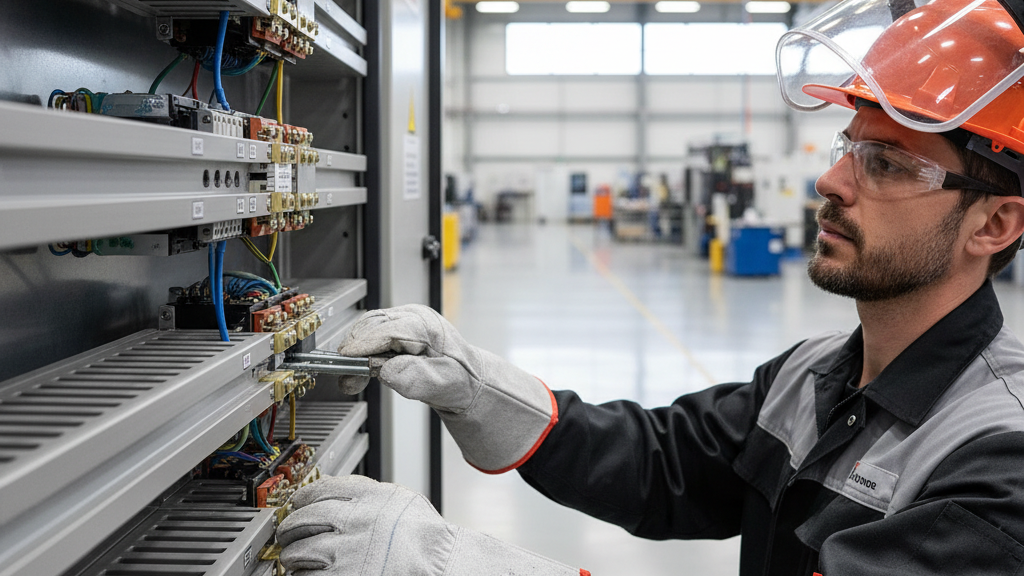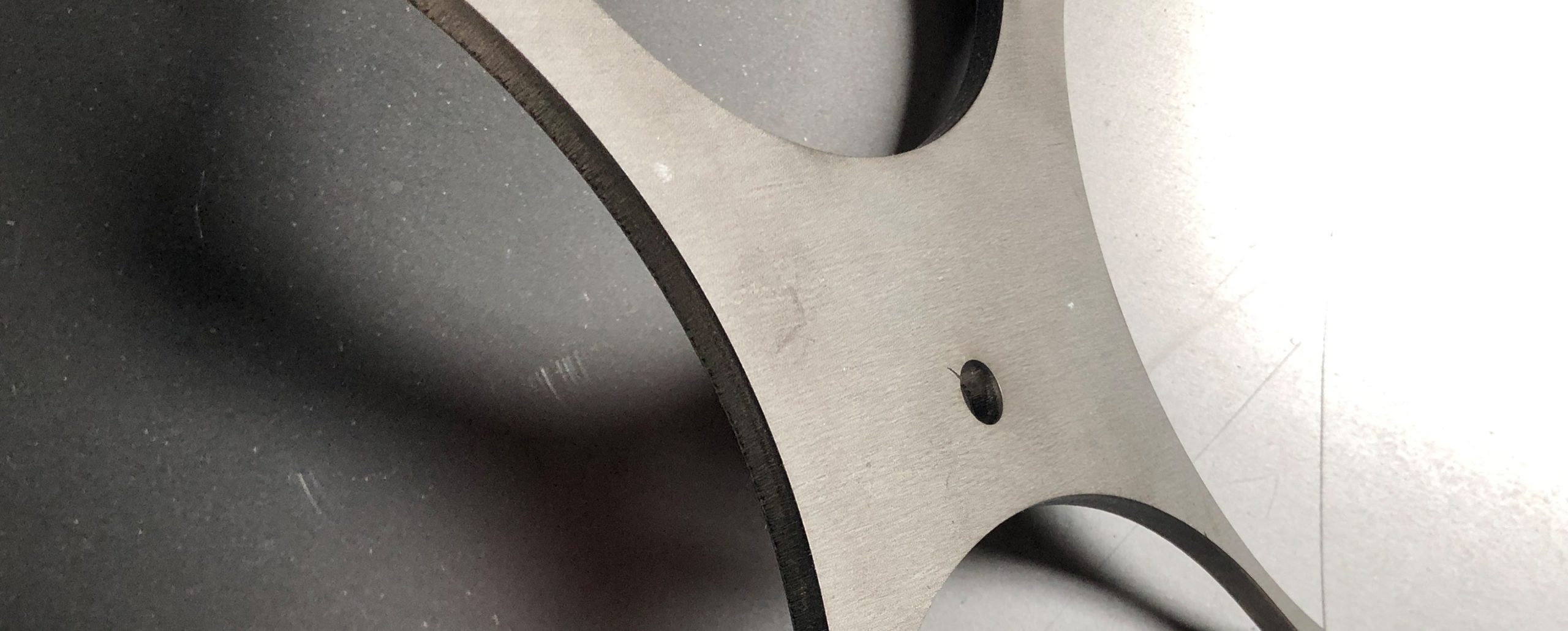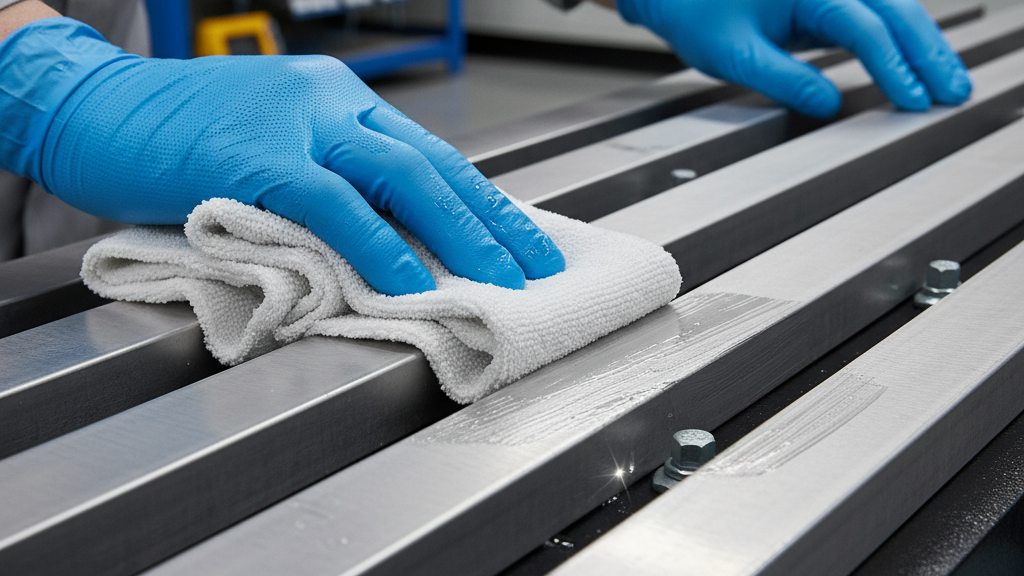 As the cooler months begin to roll in, October is the perfect time to reassess the health of your aluminum busbar systems. Whether you’re managing power distribution for a manufacturing plant, data center, or renewable energy system, preventive maintenance is essential to ensuring long-term efficiency and operational safety. Aluminum busbars are prized for their conductivity, light weight, and corrosion resistance—but like any critical component, they demand regular attention to perform at their best.In this guide, we break down a comprehensive October maintenance checklist focused on extending the life of your aluminum busbars, identifying early signs of wear, and minimizing costly downtime.
As the cooler months begin to roll in, October is the perfect time to reassess the health of your aluminum busbar systems. Whether you’re managing power distribution for a manufacturing plant, data center, or renewable energy system, preventive maintenance is essential to ensuring long-term efficiency and operational safety. Aluminum busbars are prized for their conductivity, light weight, and corrosion resistance—but like any critical component, they demand regular attention to perform at their best.In this guide, we break down a comprehensive October maintenance checklist focused on extending the life of your aluminum busbars, identifying early signs of wear, and minimizing costly downtime.
1. Conduct a Thorough Visual Inspection
Start with a detailed visual inspection of your busbar systems. Look for signs of discoloration, corrosion, or physical deformation, especially at connection points and joints. Oxidation may appear as a white or grayish film on the aluminum surface, which can impede conductivity over time if left untreated.
Ensure all mounting brackets, insulators, and fasteners are intact and properly aligned. Loose connections or worn insulation can lead to inefficiencies or dangerous arcing conditions. Pay special attention to areas exposed to vibrations or temperature fluctuations, as these are more prone to mechanical stress.
2. Clean with Care: Avoid Abrasives
Dust, debris, and environmental contaminants can accumulate on the surface of aluminum busbars, affecting performance. During October maintenance, clean the busbars using non-abrasive materials. A soft cloth dampened with a mild detergent solution is usually sufficient. For more sensitive systems, use deionized water to rinse the surface and remove ionic residues that might interfere with conductivity.
Never use steel wool, wire brushes, or acidic cleaners, as they can scratch or chemically alter the aluminum surface, potentially accelerating corrosion.
3. Use Thermal Imaging to Detect Hotspots
Infrared thermography is a highly effective, non-invasive method for identifying hotspots in busbar systems. These thermal anomalies may signal excessive resistance due to loose connections, internal corrosion, or overloaded circuits. Spotting these issues in October gives you time to correct them before the increased electrical demands of winter.
Document any thermal irregularities and follow up with physical testing or retightening of affected terminals and fasteners.
4. Perform Electrical Resistance Testing
Another critical diagnostic step is measuring the electrical resistance across various points of the aluminum busbar network. Elevated resistance at connection points or splices may indicate internal oxidation or material fatigue. Use calibrated micro-ohmmeters to perform this test accurately and compare results against baseline measurements from previous inspections.
If resistance values exceed acceptable tolerances, it may be time for a partial replacement or reconditioning of the affected section.
5. Evaluate the Ambient Environment
Environmental conditions play a major role in the longevity of aluminum busbars. In October, assess the ambient temperature, humidity levels, and presence of airborne contaminants in your installation area. Ensure climate control systems (such as HVAC units or dehumidifiers) are functioning properly to prevent condensation or thermal cycling damage.
If your facility is located in a coastal or industrial area, additional corrosion prevention measures—such as protective coatings or sealed enclosures—may be necessary to safeguard aluminum conductors.
6. Review Insulation and Protective Barriers
Insulation materials degrade over time, particularly when exposed to high temperatures or UV radiation. Inspect all insulating sleeves, barriers, and jackets for cracks, brittleness, or discoloration. These issues can compromise the safety of your electrical system and should be addressed immediately.
Ensure that barriers between conductive materials are still effective, especially in multi-phase or high-voltage setups. Maintaining proper clearances and insulation integrity is crucial for avoiding short circuits or arc faults.
7. Schedule Repairs or Replacements Promptly
If your October inspection reveals any damaged or failing components, schedule repairs as soon as possible. Delaying action can lead to larger problems down the line, including complete system failure or safety hazards. Working with experienced aluminum busbar specialists ensures that repairs are performed to exacting standards, preserving the system’s performance and reliability.
In some cases, replacement may be more cost-effective than ongoing repairs—especially for older systems approaching the end of their service life. Replacing outdated aluminum busbars with custom-fabricated alternatives can improve efficiency and reduce maintenance demands long-term.
8. Reinforce Workplace Safety Protocols
October maintenance is also an opportunity to review and reinforce safety procedures. Ensure that all personnel working near or on busbar systems are equipped with proper PPE and trained on lockout/tagout (LOTO) procedures. The system should always be de-energized and isolated before any hands-on work is performed.
Clean and organized workspaces, proper tool usage, and awareness of electrical safety standards are all essential components of a successful maintenance plan.
9. Document Findings and Update Maintenance Logs
Finally, ensure that all maintenance activities are carefully documented. Update your system’s maintenance log with inspection results, test readings, corrective actions taken, and parts replaced. This recordkeeping is invaluable for tracking the performance of your aluminum busbar system over time and for planning future upgrades.
Establishing a trend of proactive maintenance, backed by data, helps avoid reactive fixes and unplanned downtime.
Stay Ahead with Preventive Maintenance
October offers an ideal window for aluminum busbar maintenance, balancing manageable weather conditions with the foresight to prepare for winter loads. By following this seasonal guide, facilities can safeguard their power infrastructure, extend the lifespan of aluminum busbars, and maintain high levels of energy efficiency.
For tailored recommendations or to discuss custom aluminum busbar fabrication and service options, contact us.

